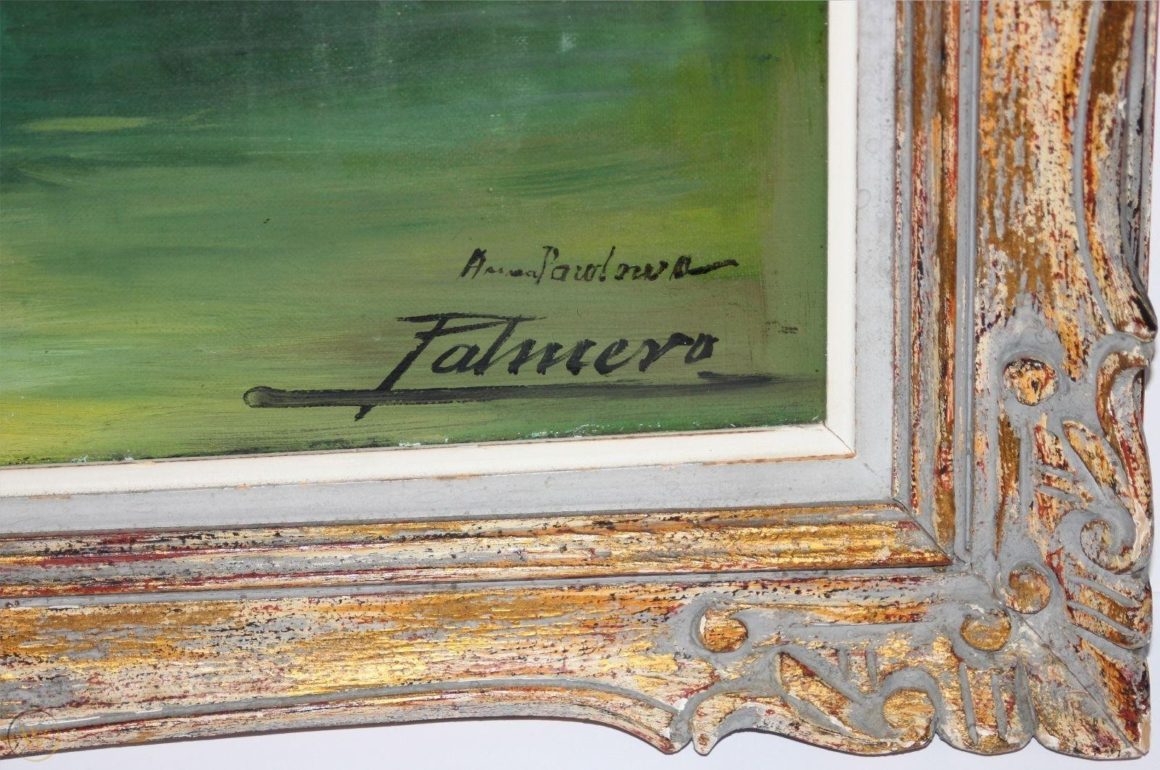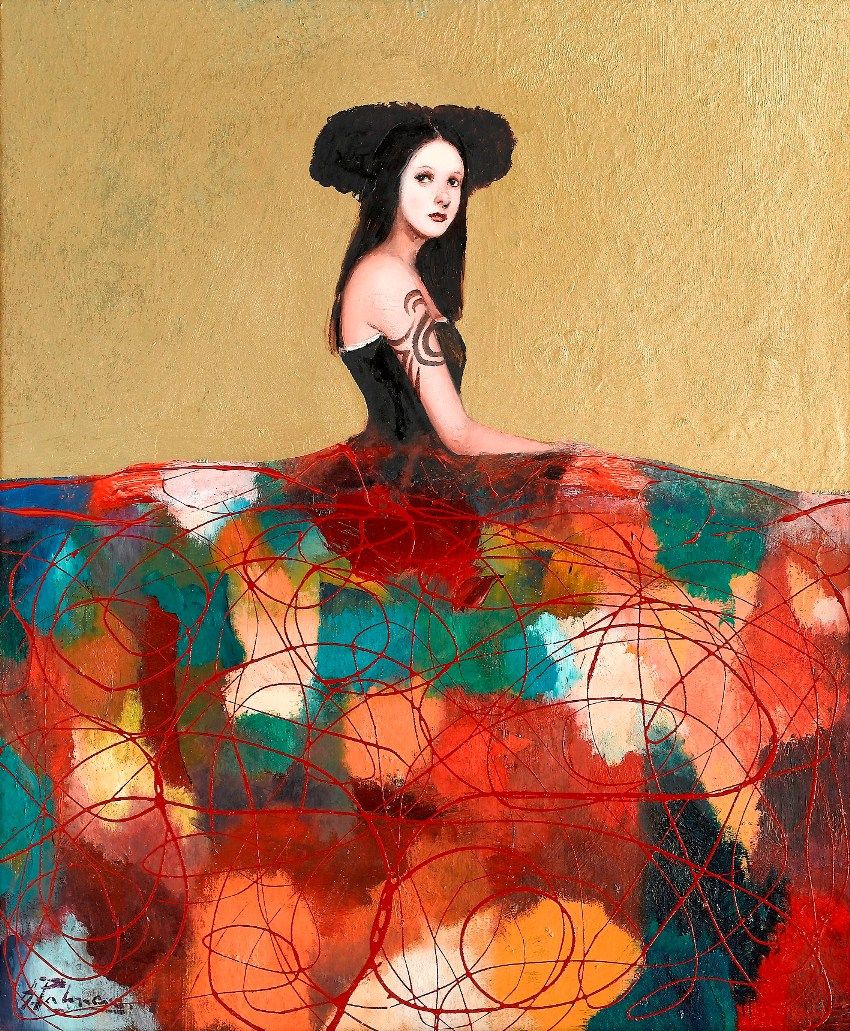Alfredo Palmero is the official portrait painter for His Majesty King Juan Carlos and Prince Felipe de Borbón, for whom he created a magnificent portrait. He has permanent collections in the Castile-La Mancha Contemporary Art Museum as well as in the Sofía Gaspar Contemporary Art Museum in Hong Kong. Palmero’s works are featured in the private collections of the Royal Family, the Prince of Asturias, the Casa de Alba Foundation, Juan Antonio Samaranch and Carlos Ferrer-Salat.


We had the privilege to get to know Alfredo Palmero and visit the artist in his natural habitat: his studio.
Alfredo, what do you think about contemporary art in Russia?
The first idea that comes into my mind is on one hand the Russian folk art of great importance for the development of modern art and within the Constructivist and Suprematist movement.
If we understand contemporary art as an art of nowadays, I am not familiar with the situation at the moment. I remember an exhibition of Russian Symbolists that I found especially attractive.


What do you feel for the first time presenting your works to Russian audience?
Exhibiting for the first time in Russia is a great honor because Russia is a great world culture, so it is an opportunity. The head of all is the idea that Russia is a great power by itself and with a huge future from all points of view.
We are planning a number of international exhibitions in Russia and Monaco. Just like in Doha and Hong Kong, that is a big honour for me.


To Moscow and St.Petersburg you are bringing the collection “Meninas y Arlequines”. What have been your biggest recognised influences?
Picasso has influenced me a lot, particularly his ability to take leaps in terms of style… in the end, he’s a painter who loves classicism, but dual. There’s a quote from Picasso which I find absolutely essential: “Paint what you like, but do it with skill”.


Would you define your Meninas series as the best example of this duality?
Absolutely! My Meninas represent two distinct techniques; the figures and busts were painted with an easel in “the more traditional way” and the lower part on the floor, by dripping and splashing, a bit like Pollock… I don’t know, Informalism. The hard part is mixing and coming up with something that doesn’t seem unoriginal, it’s an easy trap to fall into.


What advice can you give people who will come to your exhibition?
The advice to visitors is to be carried away by sentiment and emotion, key in any artistic work.
Remind them that their function is activated as each person processes impact differently in this case visual receiver.
There is never a single frame, there are many pictures as eyes that see them!
Read more ART articles HERE